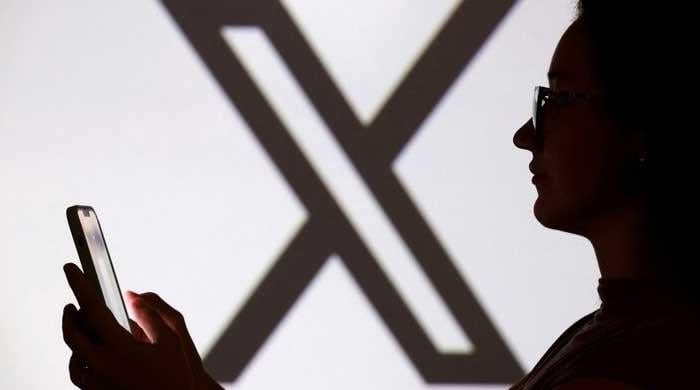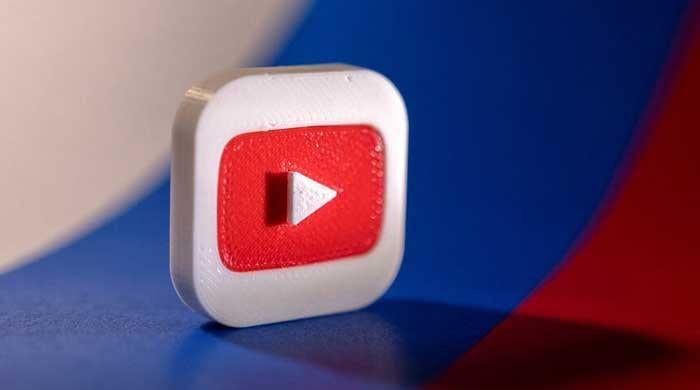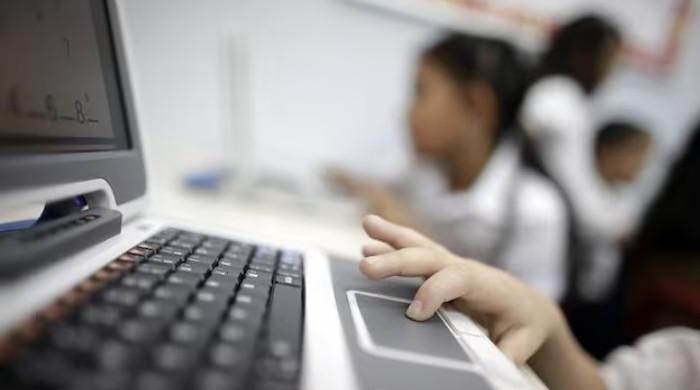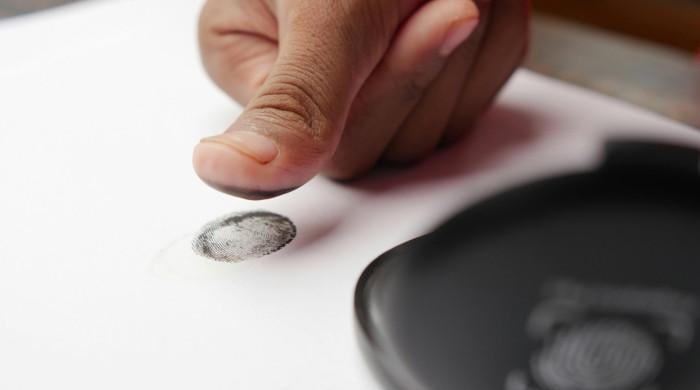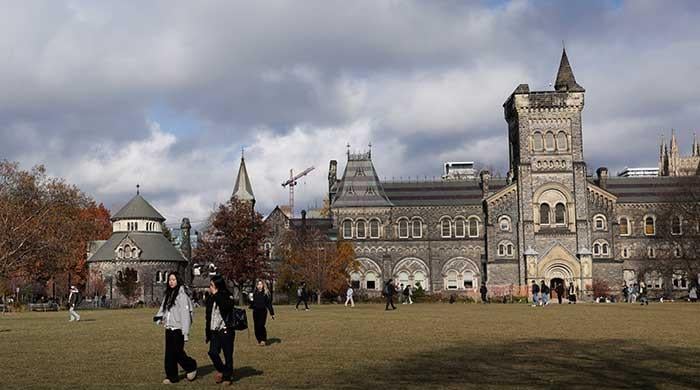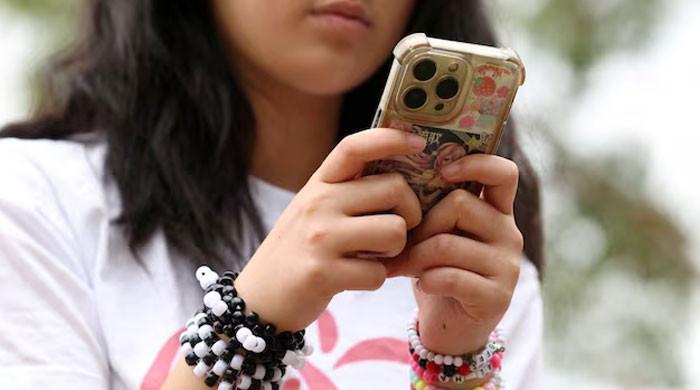SpaceX to return Boeing's Starliner astronauts from space next year: Nasa
Nasa deems issues with Starliner's propulsion system too risky to carry its first crew home
August 24, 2024
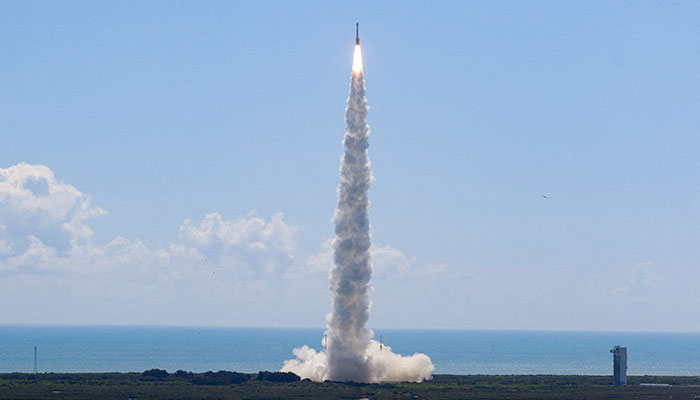
WASHINGTON: Two Nasa astronauts who flew to the International Space Station in June aboard Boeing's BA.N faulty Starliner capsule will need to return to Earth on a SpaceX vehicle early next year, Nasa said on Saturday, deeming issues with Starliner's propulsion system too risky to carry its first crew home.
The agency's decision, tapping Boeing's top space rival to return the astronauts, is one of Nasa's most consequential in years. Boeing had hoped the test mission would redeem the Starliner programme after years of development problems and over $1.6 billion in budget overruns since 2016.
Boeing is also struggling with quality issues on production of commercial planes, its most important products.
Veteran Nasa astronauts Butch Wilmore and Suni Williams, both former military test pilots, became the first crew to ride Starliner on June 5 when they were launched to the ISS for what was expected to be an eight-day test mission.
But Starliner's propulsion system suffered a series of glitches beginning in the first 24 hours of its flight to the ISS, triggering months of cascading delays. Five of its 28 thrusters failed and it sprang several leaks of helium, which is used to pressurise the thrusters.
In a rare reshuffling of Nasa's astronaut operations, the two astronauts are now expected to return in February 2025 on a SpaceX Crew Dragon spacecraft due to launch next month as part of a routine astronaut rotation mission. Two of the Crew Dragon's four astronaut seats will be kept empty for Wilmore and Williams.
Starliner will undock from the ISS without a crew and attempt to return to Earth as it would have with astronauts aboard.
Boeing struggled for years to develop Starliner, a gumdrop-shaped capsule designed to compete with Crew Dragon as a second US option for sending astronaut crews to and from Earth's orbit.
Starliner failed a 2019 test to launch to the ISS uncrewed, but mostly succeeded in a 2022 do-over attempt where it also encountered thruster problems. Its June mission with its first crew was required before Nasa can certify the capsule for routine flights, but now Starliner's crew certification path has been upended.




